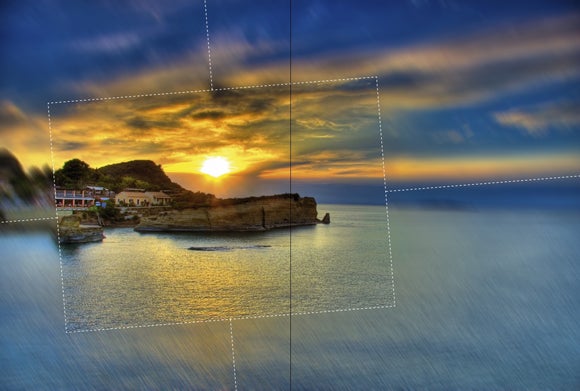Anti-shake Technology Explained: Page 2

Vertical Motion
Some OIS systems also offer a mode for use when panning the camera from one side to the other. In this situation, it is only vertical motion that needs to be corrected and so the optics are only manipulated vertically. Sometimes there are additional modes, including hybrid modes that combine optical and electronic image stabilisation. OIS only offers a solution for unwanted camera movement. Blur can also be caused by too slow a shutter speed failing to freeze motion in the subject, even if the camera is stable. This kind of image instability can be dealt with by some EIS systems.
Warnings are also often sounded about using any kind of image stabilisation when a camera is mounted on a tripod or even a monopod, or other steady base. This is because any camera motion in this kind of situation has a different, more damped behaviour, than when the camera is handheld, possibly causing more blur!
Nikon’s Vibration Reduction System
This sequence of images (right), of British Open winner Padraig Harrington, was shot on a Nikon D200 fitted with an 18-200mm VR lens. They were taken at varying shutter speeds with the VR switched on, then again with it off.





